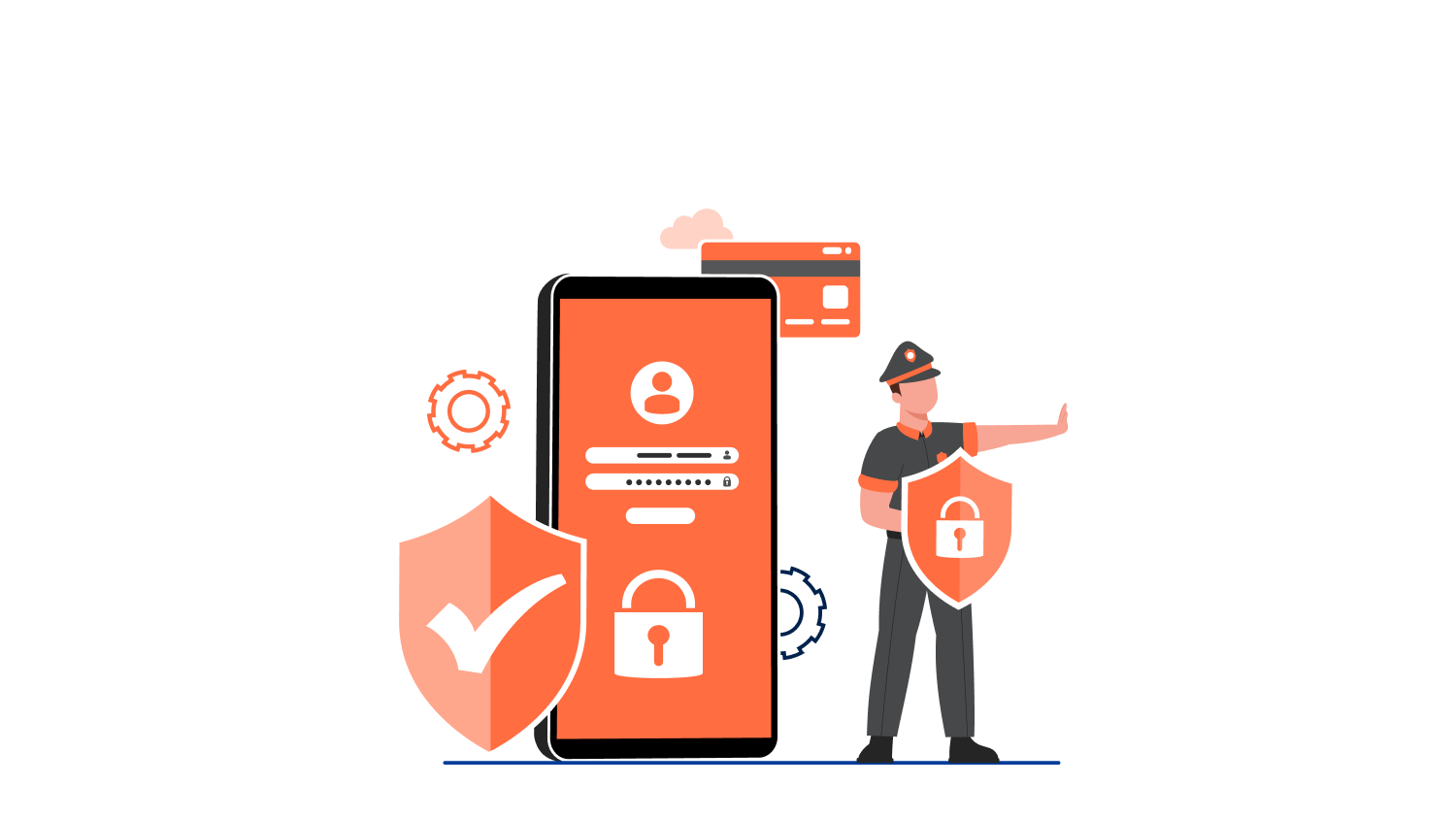In today’s digital age, application security is a critical component of an organization’s overall cybersecurity strategy. With applications being the primary interface between businesses and their customers, ensuring their security is paramount. This blog explores how to manage application security effectively, the best tools and solutions available, and the risks organizations face if they neglect this crucial aspect.
Understanding Application Security
Application security encompasses measures, tools, and processes designed to protect applications from threats throughout their lifecycle. From development to deployment and beyond, securing applications involves addressing vulnerabilities, preventing unauthorized access, and ensuring data integrity.
Key areas include:
- Secure Development Practices: Writing code that is resistant to common vulnerabilities like SQL injection, cross-site scripting (XSS), and buffer overflows.
- Testing and Monitoring: Regularly assessing applications for weaknesses and monitoring for potential threats.
- Access Control: Implementing authentication and authorization mechanisms to ensure that only legitimate users can interact with the application.
- Data Protection: Encrypting sensitive data both in transit and at rest.
Common Risks in Application Security
- Injection Attacks: Attackers exploit vulnerabilities in input fields to execute malicious commands.
- Cross-Site Scripting (XSS): Injecting scripts into web pages viewed by other users, often stealing session data or manipulating content.
- Broken Authentication: Weak or improperly implemented authentication systems that allow attackers to compromise user accounts.
- Insecure APIs: Exposing sensitive data or allowing unauthorized access through poorly secured APIs.
- Data Breaches: Unauthorized access to sensitive information due to weak encryption or insufficient access controls.
- Denial of Service (DoS) Attacks: Overloading an application with requests, rendering it unusable.
Managing Application Security
- Adopt a Security-First Culture
- Educate development teams about secure coding practices.
- Integrate security into the software development lifecycle (SDLC) through DevSecOps.
- Conduct Regular Security Assessments
- Perform vulnerability assessments and penetration testing to identify and fix weaknesses.
- Use threat modeling to anticipate potential attack vectors.
- Implement Robust Access Controls
- Enforce multi-factor authentication (MFA).
- Regularly review and update user roles and permissions.
- Patch and Update Regularly
- Keep application frameworks, libraries, and dependencies up to date to address known vulnerabilities.
- Monitor and Respond
- Set up real-time monitoring and alert systems.
- Develop an incident response plan for quick action during security breaches.
Best Tools and Solutions for Application Security
- Static Application Security Testing (SAST) Tools
- Examples: SonarQube, Checkmarx
- Purpose: Analyze source code for vulnerabilities during the development phase.
- Dynamic Application Security Testing (DAST) Tools
- Examples: Burp Suite, OWASP ZAP
- Purpose: Test running applications to identify runtime vulnerabilities.
- Interactive Application Security Testing (IAST)
- Examples: Contrast Security, Seeker
- Purpose: Combine aspects of SAST and DAST by analyzing code and behavior during runtime.
- Web Application Firewalls (WAFs)
- Examples: AWS WAF, Cloudflare
- Purpose: Protect applications from web-based attacks like SQL injection and XSS.
- Runtime Application Self-Protection (RASP)
- Examples: Imperva RASP, Micro Focus Fortify
- Purpose: Monitor and block attacks in real-time within the application itself.
- API Security Tools
- Examples: Postman, Apigee
- Purpose: Identify and mitigate vulnerabilities in APIs.
- Penetration Testing Tools
- Examples: Metasploit, Kali Linux
- Purpose: Simulate attacks to evaluate application resilience.
- Secure Coding Standards and Frameworks
- Examples: OWASP ASVS, CIS Controls
- Purpose: Provide guidelines for secure application development.
Final Thoughts
Application security is an ongoing process that requires vigilance, the right tools, and a proactive mindset. By integrating security into every phase of the application lifecycle, leveraging cutting-edge tools, and staying informed about emerging threats, organizations can significantly reduce their risk profile. Neglecting application security, on the other hand, can lead to devastating breaches, financial losses, and damage to reputation.
Invest in your application security today and safeguard your organization’s future.


